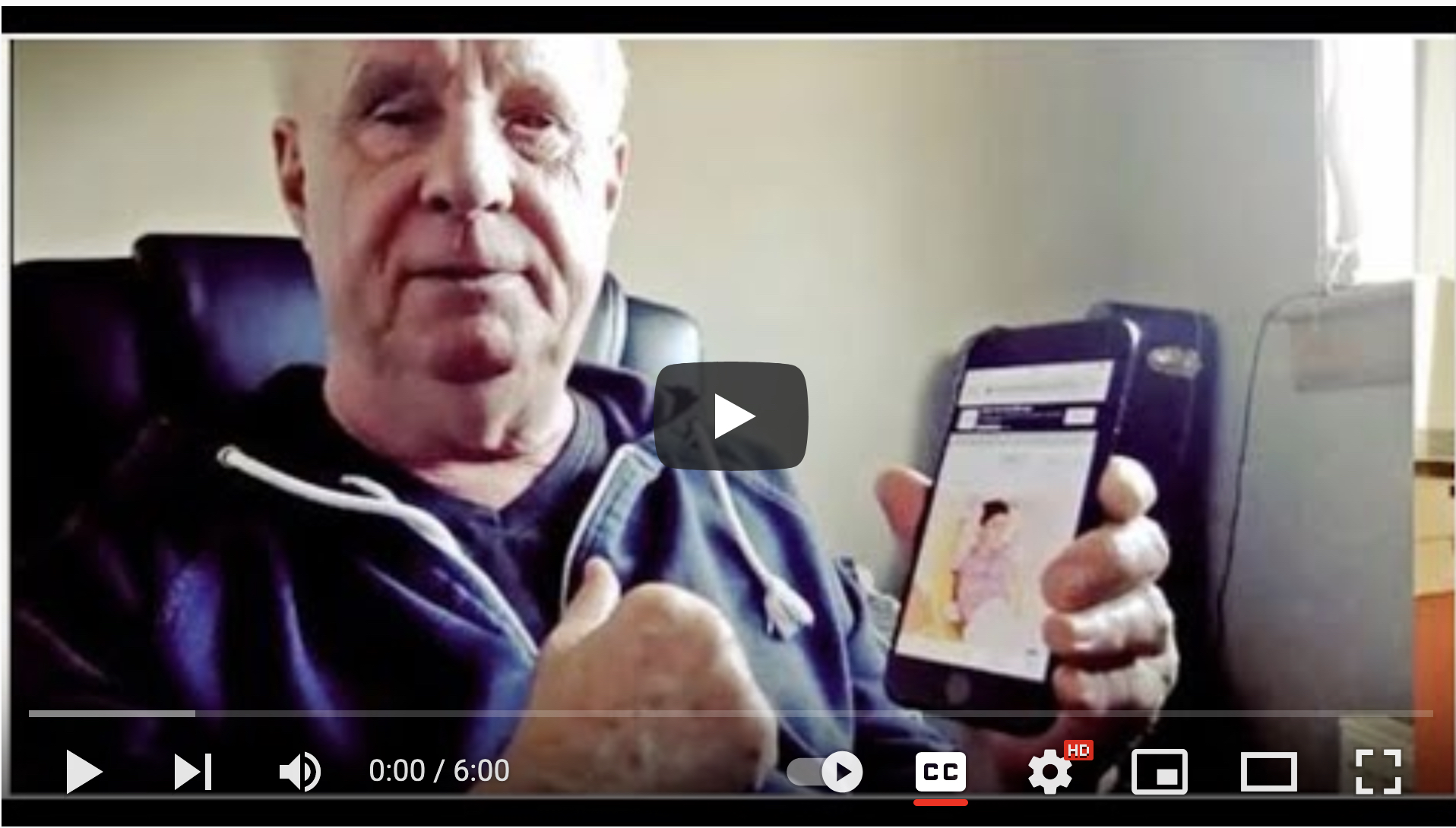Why design an accessible website for people who are deaf or have hearing problems?
Website designers increasingly use videos to get their message across. That’s good, it is a powerful communication tool. However, as you can imagine, that’s a problem for visitors who can’t hear the audio contained in your video. They miss out on your content, and you miss out on finding new customers for your services or products.
Here are some tips for ensuring your content is accessible to people who are deaf or have a hearing impairment.
People who are deaf or have hearing problems rely on text, captions, transcripts, and assistive technology to access digital content
1. Use simple and clear language
Avoid jargon or complex language. Many people who are deaf or have a hearing impairment use sign language to communicate. And the thing to remember is that sign language is not the same as written English, it is a language in its own right. For sign language users to understand your message, it must be clearly written.
2. Caption videos and audio content and provide a transcript
Captioning makes it possible for people with hearing impairments to follow the dialogue in videos and audio content. I recommend you also provide a transcript, i.e., a written version of your audio and video content. And if you have the resources, provide a sign-language interpreter via video or a signing avatar.
3. Audio and Video Player Controls
Ensure you provide visible controls for audio and video players. Visible controls make it possible for people for visitors to control the playback of audio and video content.
4. Design your website so that it is compatible with assistive technologies
Designing websites that are compatible with assistive technology ensures that people who are deaf or have hearing impairments can access your content. Ensure your code is written to comply with the appropriate (X)HTML markup standards and that you adhere to the most up-to-date WCAG guidelines – up to a least AA standard. WCAG stands for Web Content Accessibility Guidelines. They contain a huge amount of useful information for making your content accessible. They are also the defacto accessibility guidelines for online content.
Inclusion is not only important, but it is also the law
Designing an accessible website ensures that people who are deaf or have problems with their hearing can access your content. Designing your website so that is it accessible to the widest possible audience is not only the right thing to do, it is a legal requirement, under the Equality Act 2010.
Related Content
- Website Accessibility Auditing Service – for WCAG 2.1, WCAG 2.2 ComplianceRichard Morton is a member of our website accessibility audit team "A large proportion of my work over the last six years has been web accessibility auditing, using the Web Content Accessibility Guidelines (WCAG 2.1 & WCAG 2.2).I do manual testing, using the standard browsers, and light tools like the AIS ...
- About Web Designer and Accessible Website Design Specialist Jim ByrneA passion for equality and accessibility Decades before he became an accessible website design specialist, Jim started his working life as a computer programmer in 1979 using 'miniframe' computers that had LP (a long player record) sized 'not very floppy disks'. The disks needed to be screwed into a large cabinet ...
- Accessible website design blogNews, views, links about accessible web design and more.
Take my Web Accessibility Online Training Course - WCAG 2.1 Compliance
Learn to design and manage WCAG compliant, accessible websites with my online course
You will learn both the techniques of accessible website design and an entire ‘framework for thinking about the subject’. It will equip you with the skills to understand, identify and fix issues any accessibility issues you come across. Watch the free videos to get a taste of what is on the course.
)
Working with non-profits, charities, voluntary and public sector organisations and social enterprises for over 20 years. Jim set up one of the worlds first website accessibility web agencies in the mid 1990s.